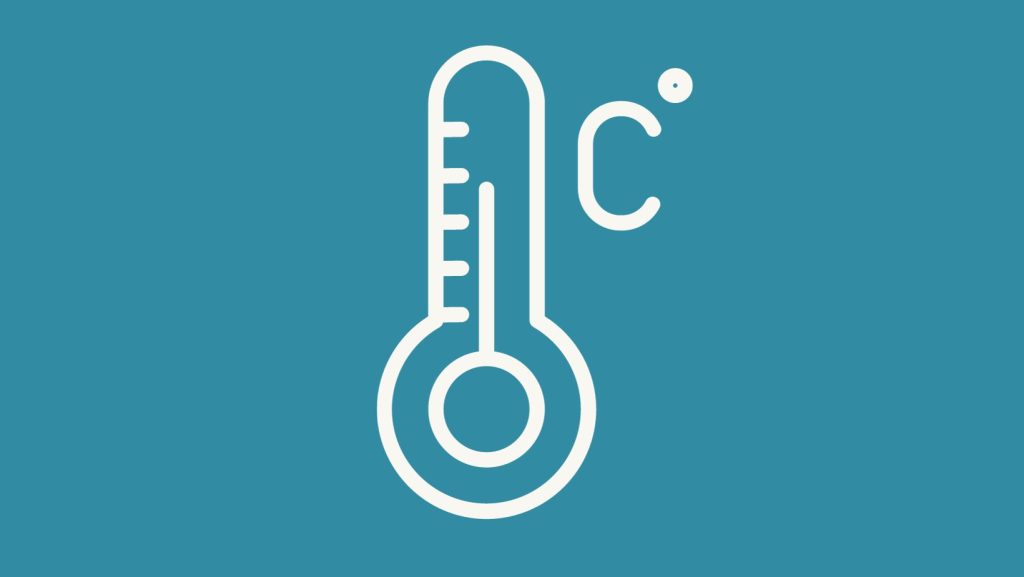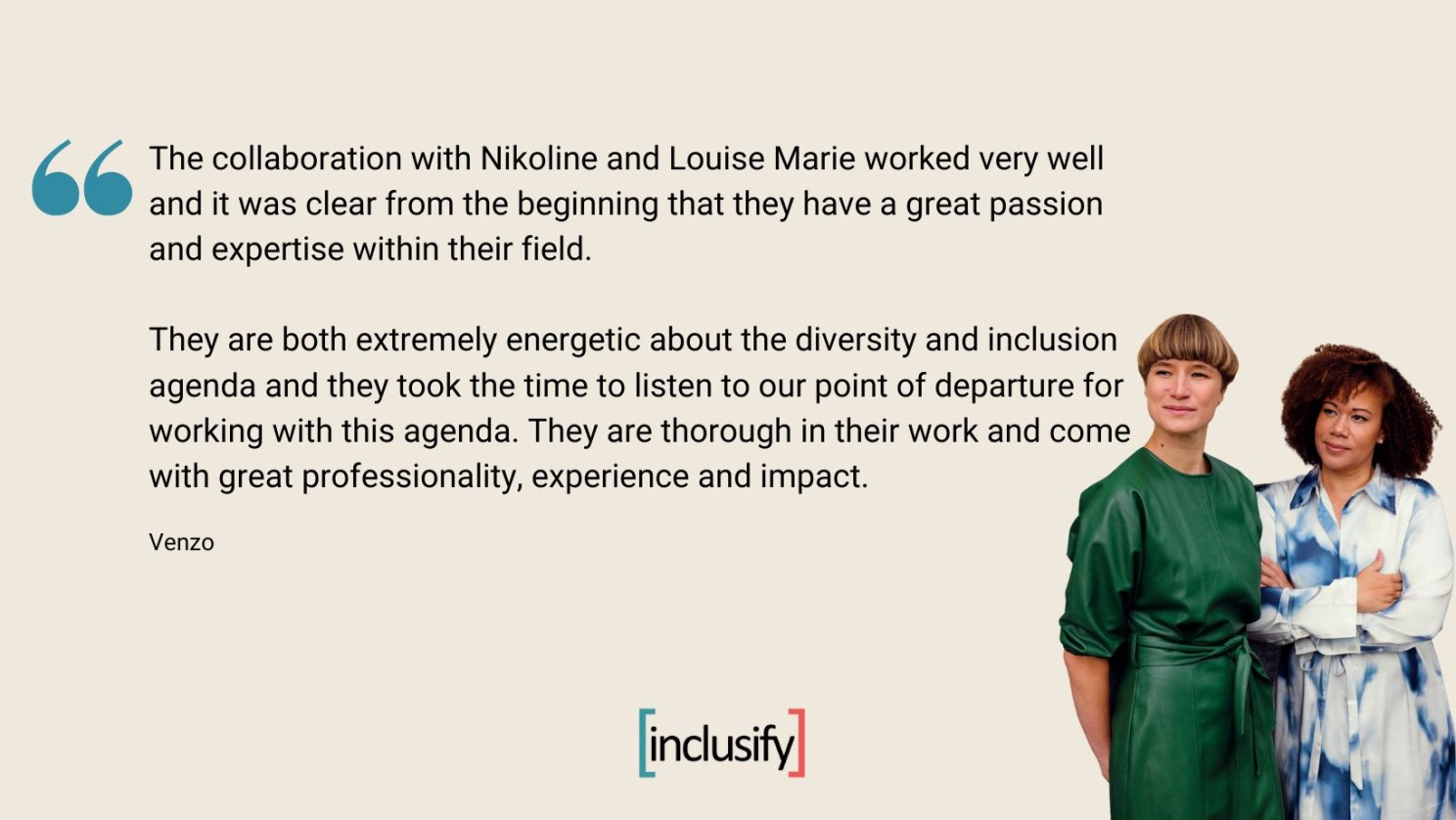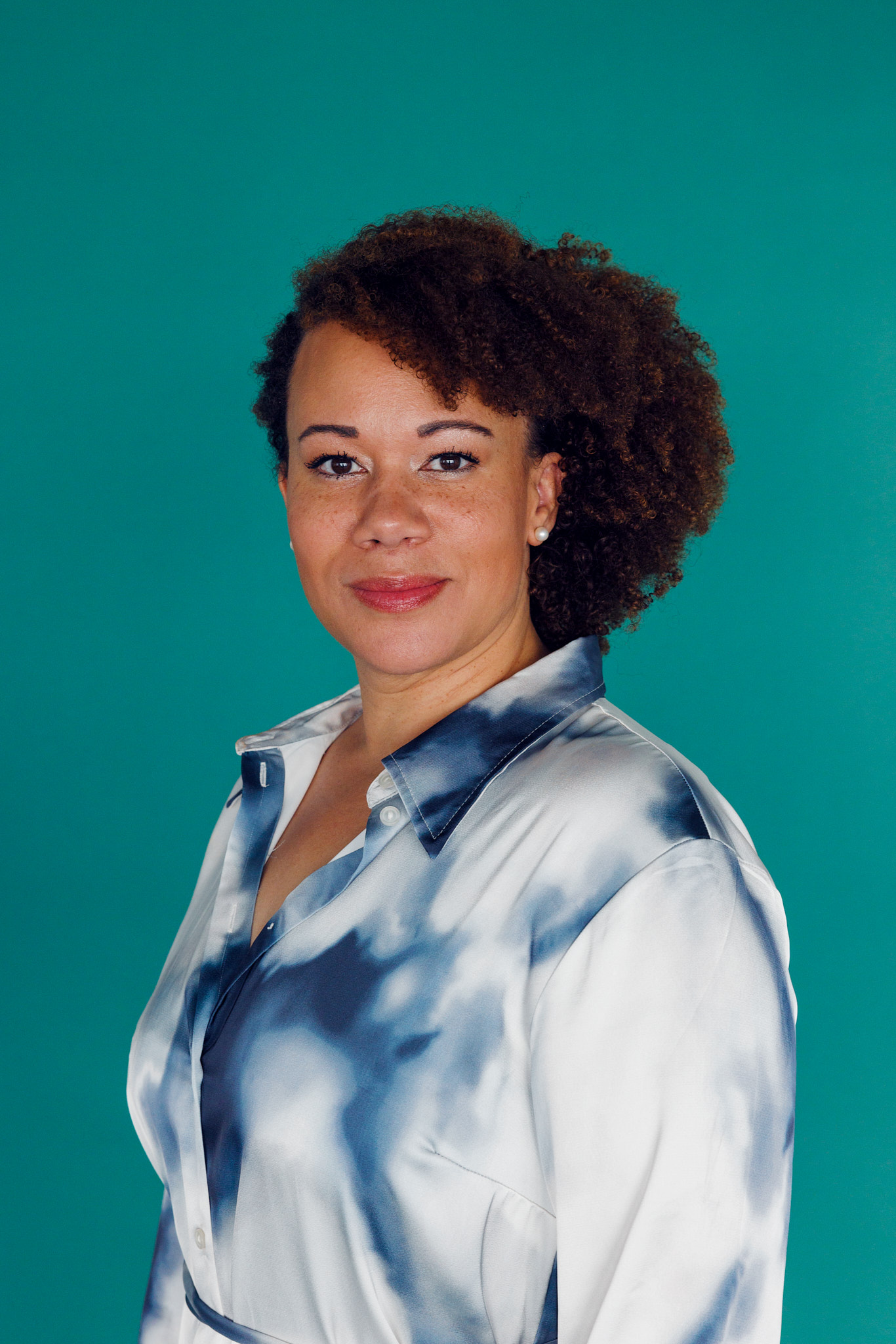Not sure how your company should start working with diversity and inclusion? Learn more about the DEI temperature measurement and inclusion survey here.
A temperature measurement or inclusion survey can be the first step in getting started. Read on to learn more about what a D&I temperature measurement is, what parameters we measure and what you get out of the temperature measurement.

Employee satisfaction is (fortunately) increasingly becoming a part of internal company surveys, but often questions about diversity, inclusion and equality are omitted or reduced to a few questions, which often does not provide enough insight to create a qualified basis for making the right DEI efforts and initiatives. Therefore, the first step in working with DEI is to take the temperature of the work environment in relation to inclusion.
What is a DEI temperature measurement or inclusion study?
There is no one size fits all solution when it comes to diversity and inclusion. What works for other companies won't necessarily have the same effect in yours - because D&I is about creating contextually relevant efforts for the (unique) people working in your organization.
A temperature survey reveals your company's working environment from a diversity and inclusion perspective. It can be the first step if you want to start working on diversity and inclusion but don't know where to start.
The outcome of a temperature check is a mapping of your D&I opportunities and challenges and results in the identification of which prioritized efforts are relevant for you based on your current situation. For example, your company may have challenges with recruitment, retention or promotion, lack diversity or experience discrimination in the workplace.
Taking the temperature can be done both qualitatively and quantitatively, but we recommend a combination. It's a short process that serves as a starting point for a longer process towards sustainable change in your business.
It is essential to have knowledge of the legislation when collecting data in DEI measurements in the workplace.
We will work with you to ensure anonymity, consent and insight into how data is used and why data is collected, protection and secure storage of personal data, among other things.
Why get a third party to conduct the inclusion survey?
Employers should only process the personal data they strictly need for their purposes and are allowed to under GDPR legislation. For example, employers can collect DEI data in specific non-sensitive data areas (e.g. gender, age, financial circumstances, family circumstances, CV, work area, etc.) without reference to individual employees.
But there are also categories or data areas (e.g. ethnicity, faith, sexual orientation, health, political beliefs, etc.) where anonymity is difficult to ensure, making it unlikely to be met in cases where employers themselves collect data from their employees. This information is called sensitive personal data, and there are particularly strict rules on when and how it can be processed.
In practice, we therefore see that employers involve a third-party vendor and ask employees to send the data directly to the third-party vendor. The third-party provider then only shares relevant and anonymized results with the employer. This ensures anonymity and allows the third-party vendor to ask for relevant sensitive personal information.
What do you get out of a temperature measurement or inclusion survey?
The temperature survey results in a report or a presentation of the opportunities and challenges we see in the company in relation to diversity and inclusion. So it's a good place to start if you need a solid basis for decision-making for your efforts.
We always make sure that the options represent a wide spectrum of implementation levels - some solutions you can get started with right away, and some take longer to implement. We also always take into account your company's resources in terms of what's feasible.
Once we've taken the temperature of your workplace in terms of diversity and inclusion, you'll get:
- A unique insight into employees' (and managers') perceptions of the work environment in relation to inclusion
- Advice and a prioritized list of focus areas and concrete implementable solutions, initiatives and actions to help you create an inclusive work environment
- An overview of challenges, opportunities and potentials
- Help to implement the new initiatives
- Sparring and support from us throughout the process - we are also happy to help you start implementing the new initiatives based on the report
What do we measure?
When we do temperature measurement, the content is always created in collaboration with the company. For example, we may conduct a series of qualitative pre-interviews to identify themes, language and other relevant factors for you. We also collect data about the organization, such as values, formalized processes and policies that can contribute to the content of the survey. This way, we ensure that the questions are relevant to you.
Typically, the overarching areas will be:
- Processes: Here the focus is on the internal organizational processes and perceptions of fairness, equal treatment and equality
- Inclusion level: Here we ask about feelings of belonging, recognition, respect, collaboration and collegiality
- Discrimination and abusive behavior: This section highlights experiences with all degrees of discrimination from microaggressions to harassment and psychological work environment
- Diversity: Finally, we examine the demographics that can help segment the data
The overall temperature survey paints a picture of the systemic opportunities and challenges in creating diversity and inclusion in the workplace, as shown in the figure below.

Read our DEI temperature measurement newsletter here.
Case: How we made a DEI temperature measurement and inclusion survey at Venzo
One of the companies we conducted a DEI temperature survey for is Venzo. We mapped their structures, barriers and norms by conducting a series of qualitative interviews with employees and analyzing the company through existing data.
Based on the mapping, we came up with a series of recommendations for strategic D&I efforts that were tailored to Venzo. All recommendations were contextual, relevant and implementable for the company.
Below you can read what Venzo had to say about working with us:

Do you want us to take the temperature in your company so you can start working with diversity and inclusion? Contact us here:


